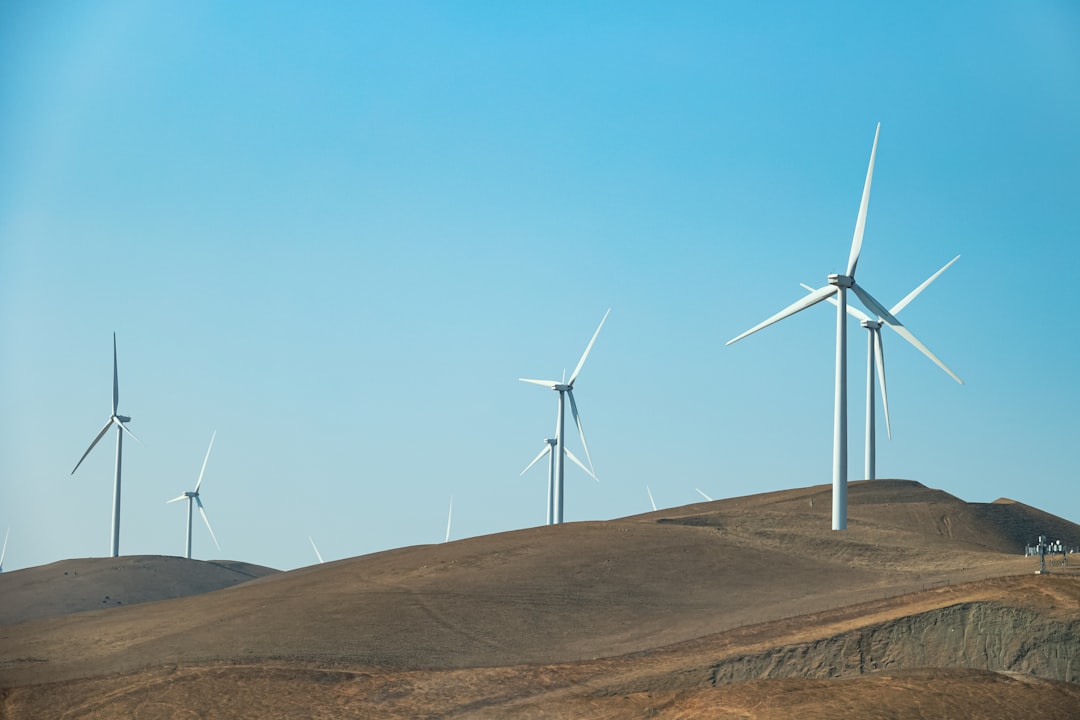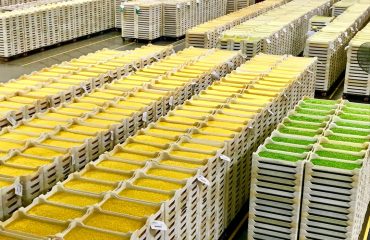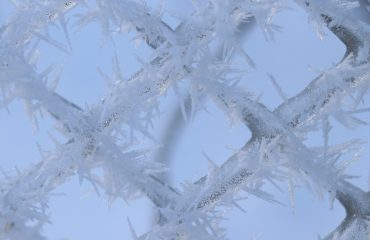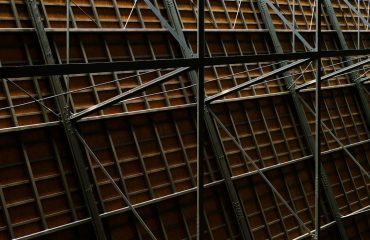body { font-family: sans-serif; line-height: 1.6; }
h1, h2, h3 { color: #333; }
img { max-width: 100%; height: auto; }
The burgeoning wind energy sector relies heavily on robust and reliable materials to withstand the harsh conditions of its operational environment. Steel profiles, in their diverse forms, play a pivotal role in the construction and functionality of wind turbines, from the towering tower to the intricate nacelle and blades. This post delves deep into the world of steel profiles in wind energy projects, examining their applications, manufacturing processes, advantages, challenges, and the future trends shaping their use.
1. Diverse Applications of Steel Profiles in Wind Turbines
Steel profiles aren’t a one-size-fits-all solution; their versatility allows them to serve various crucial functions within a wind turbine. Let’s explore some key applications:
- Tower Construction: The tower, the most visible component, is typically fabricated from tubular steel profiles or welded sections. These profiles need to withstand immense bending moments and compressive forces from wind loads and the turbine’s own weight. The choice of profile type depends on factors such as tower height, turbine capacity, and site-specific wind conditions. High-strength low-alloy (HSLA) steels are often preferred for their superior strength-to-weight ratio.
- Nacelle Frame: The nacelle houses the gearbox, generator, and other critical components. Steel profiles form the structural frame of the nacelle, providing a rigid and stable platform for these components. The design requires careful consideration of vibration damping and fatigue resistance, given the constant rotational forces and wind-induced vibrations.
- Blade Support Structures: While blades themselves are often made from composite materials, steel profiles are integral to their support structures, ensuring safe and efficient operation. These structures need to withstand significant loads during operation and potentially high stresses during extreme weather events.
- Internal Bracing and Reinforcement: Steel profiles are used extensively for internal bracing within the tower and nacelle, enhancing structural integrity and preventing buckling under stress. These internal elements significantly contribute to the overall strength and stability of the turbine.
2. Manufacturing Processes for Wind Turbine Steel Profiles
The manufacturing of steel profiles for wind energy applications demands high precision and quality control. Common processes include:
- Hot Rolling: This is a primary process for creating the basic shapes of steel profiles. Molten steel is passed through rollers at high temperatures, shaping it into the desired cross-section.
- Cold Forming: This process refines the shapes produced through hot rolling, improving dimensional accuracy and surface finish. It’s often used to create more complex profile geometries.
- Welding: Welding plays a crucial role in joining individual steel profiles to create larger structural components, such as tower sections or nacelle frames. Advanced welding techniques, like robotic welding, ensure high-quality and consistent welds.
- Heat Treatment: Heat treatment processes are applied to enhance the mechanical properties of the steel profiles, increasing their strength, hardness, and fatigue resistance. This is particularly important for components subjected to high stresses.
- Surface Treatments: Coatings, such as galvanizing or painting, are applied to protect the steel profiles from corrosion, extending their lifespan and minimizing maintenance requirements.
3. Advantages of Using Steel Profiles in Wind Energy
The widespread adoption of steel profiles in wind energy is driven by several key advantages:
- High Strength-to-Weight Ratio: Steel offers excellent strength relative to its weight, making it ideal for constructing tall, slender wind turbine towers that can withstand significant wind loads without excessive material.
- Durability and Longevity: With proper surface treatments, steel profiles exhibit excellent resistance to corrosion and weathering, ensuring long-term performance in harsh outdoor environments.
- Cost-Effectiveness: Steel is a relatively inexpensive material, contributing to the overall cost-competitiveness of wind energy projects.
- Recyclability: Steel is fully recyclable, contributing to the environmental sustainability of wind energy.
- Design Flexibility: Steel profiles can be manufactured in a wide variety of shapes and sizes, allowing for flexible design solutions to meet specific project requirements.
4. Challenges and Considerations in Using Steel Profiles
Despite the advantages, using steel profiles in wind energy also presents some challenges:
- Corrosion: Even with protective coatings, corrosion remains a potential issue, especially in coastal or highly humid environments. Regular inspection and maintenance are crucial.
- Fatigue: Cyclic loading from wind forces can lead to fatigue failure over time. Careful design and material selection are essential to mitigate this risk.
- Transportation and Logistics: Transporting large steel profiles to remote wind farm locations can be logistically challenging and expensive.
- Manufacturing Complexity: Creating complex steel profiles for specialized applications can require advanced manufacturing techniques and precise quality control.
- Weight: While steel’s high strength-to-weight ratio is advantageous, the weight of steel components can still pose challenges during transportation and erection.
5. Future Trends in Steel Profile Usage for Wind Energy
The future of steel profiles in wind energy is characterized by innovation and optimization:
- Advanced Steel Grades: The development of even stronger and more durable steel grades with enhanced fatigue resistance will further improve turbine performance and lifespan.
- Optimized Designs: Computational fluid dynamics (CFD) and finite element analysis (FEA) are being used to optimize steel profile designs, reducing weight and maximizing strength.
- Prefabrication and Modularization: Increased prefabrication and modularization of steel components will streamline construction and reduce on-site assembly time.
- Sustainable Manufacturing Practices: The industry is increasingly focusing on sustainable manufacturing practices to minimize the environmental impact of steel production.
- Integration with Other Materials: Combining steel profiles with other materials, such as composites, may lead to lighter and more efficient turbine designs.
In conclusion, steel profiles are indispensable components in the construction of wind turbines. Their versatility, strength, and cost-effectiveness make them a crucial element in the continued growth of the renewable energy sector. Addressing the challenges associated with their use through innovation and optimization will ensure their continued importance in the future of wind energy.
SEO Tags:
Steel profiles, wind turbine, wind energy, renewable energy, steel construction




